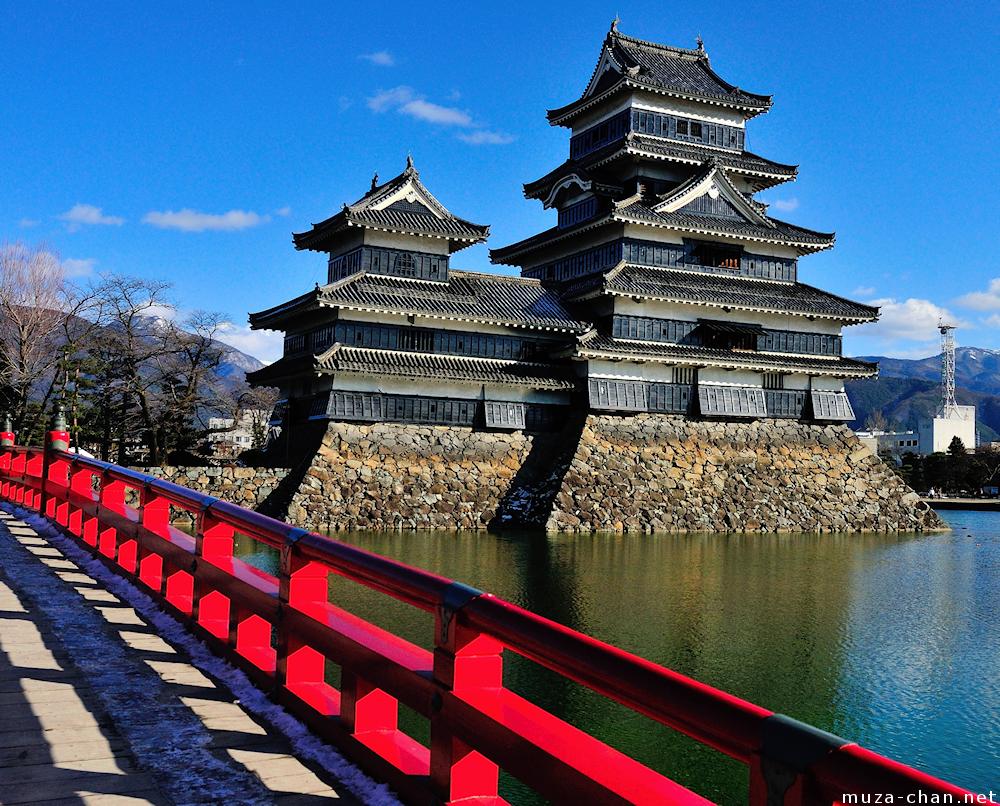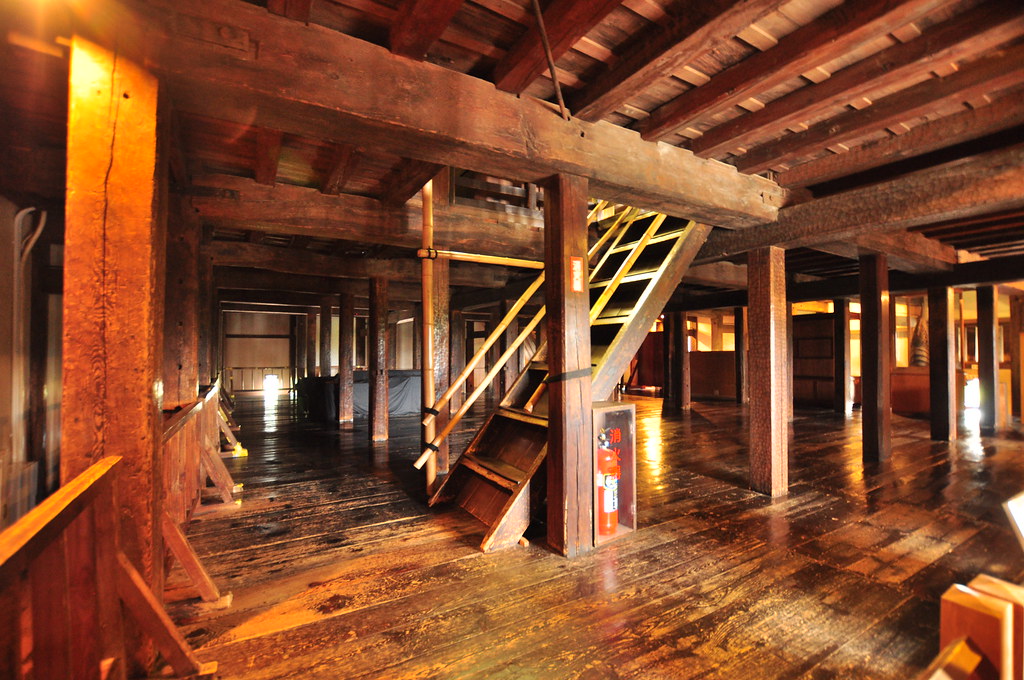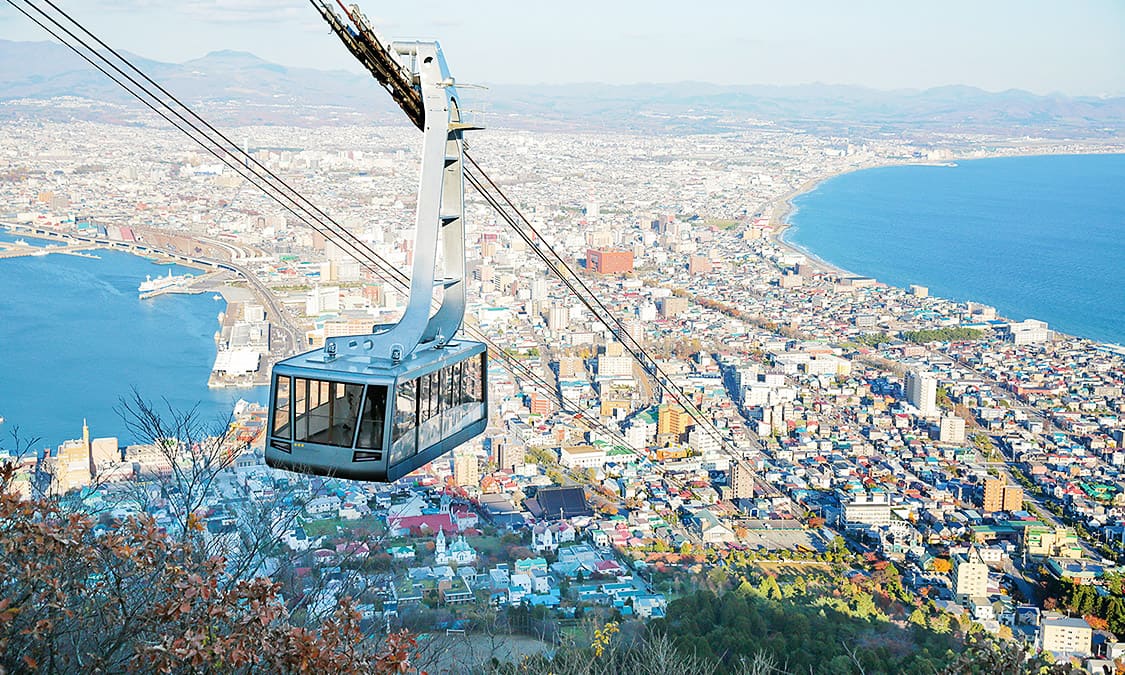NAGOYA (pop 2.26 million) is a manufacturing powerhouse, home to Toyota, and with a GDP topping many small countries. Located on a large plain between Tokyo and Kyoto/Osaka, it is the gateway to the Japan Alps to the north. It grew into a center for commerce, industry and transport during WWII when the Mitsubishi Zero fighter was manufactured here. This led to massive Allied bombing and one-quarter of the city was destroyed.
For the tourist, there is not much to do here – the 247m Midland Square (its tallest building), Toyota Commemorative Museum of Industry and Technology and the Nagoya TV Tower. The only things that interested me much were the JR SCMAGLEV & Railway Park (to see the world’s fastest train at 581km/hr and the development of the world’s best railway system) and the Toyota Factory Tour (but it had to be booked 2 weeks in advance which must preclude almost anyone taking it without firm travel plans). I just stayed the night on my way into the Japan Alps.
I took the train an hour north to the Kiso Valley to walk a section of the Nakasendo, one of the five highways of the Edo period connecting Edo (now Tokyo) with Kyoto. The most impressive of the sections is the 7.8km part between Magome and Tsumago. It goes over a low pass at 801m and then meanders past waterfalls, forest, farmland and impressive, boulder-strewn creeks. We stopped at an old tea house where we were served by an ancient, very sweet old guy. I was able to have my pack transported for 500 yen making it more enjoyable despite the grey, rainy day. Tsumago feels like an open-air museum with preserved traditional, dark wood, lattice-fronted buildings.
An interesting thing to do would have been the Tateyama-Kurobe Alpine Route, a 90 km route that passes a sacred mountain, a deep gorge, a boiling-hot hot spring, a volcanic caldera and nice mountain scenery but it was not open until April 16th. Besides a lot of walking, travel is by trolley bus, a walk over a dam, ropeway, and cable car. It costs 10,560 yen and takes about 6 hours one way.
We finished the Nakasendo walk late, so continued to Nagano (pop 382,000), the city that hosted the 1998 Winter Olympics. Set on a flat plain, it is ringed by forested mountains, none of which had snow at this time of the year (late March). The only real site in the city is Zengo-ji, a Buddhist shrine that attracts many pilgrims as it contains the first Buddha image to arrive in Japan in 552. The next day I tracked back to Matsumoto to see Japan’s oldest wooden castle built in 1595. The 6-story building is original and is surrounded by moats and lovely gardens.


Another big tourist trap near Nagano is Yukanaka, best known for its overphotographed snow monkeys. The onsen village is described as unappealing and in a state of disrepair. The Japanese macaque monkeys may have once bathed naturally in the waters but for decades have been lured here with the promise of food. They can be quite aggressive. It is a 45-minute train ride, a 15-minute bus, and then a steep 2 km walk uphill. The monkeys tend to be there only when it is cold in the mornings and usually, there are only a few. The onsen is used only by the monkeys as the water is heavily polluted. I didn’t go.
NORTH HONSHU
After the castle, I had another big train day taking the Shinkansen bullet train 1 1/2 hours to Tokyo and then 4 hours north to Aomori, at the north tip of Honshu Island. The train passed through Fukushima City (inland from the coast) and Sendai, heavily damaged in the 2011 East Japan earthquake and tsunami. The railways along the coast are still closed.
Aomori (pop 300,000), on the ocean at the north tip of Honshu Island, has little to offer other than as a stopover on the way to Hokkaido and to do some hiking south around Towada-ko, a 52 km roughly round lake in a volcanic caldera. The Oirase-gawa River meanders from the lake down to the Pacific and a 14 km stretch has cascading waterfalls, carved-out gorges and rapids. That was the plan but snow started to appear well before Aomori and was 2 feet deep around the town. Towada-ko Lake took all day to get there and the trail required snow shoes!
So I also decided to skip the planned trip to Hokkaido to visit Sapporo (pop 1.9 million, Japan’s fifth largest city and the site of the 1972 Winter Olympics), the north tip at Wakkanai (to visit Rishiri-Rebun-Sarobetsu National Park with great hiking and wildflowers in the summer), and Shiretoko National Park on the east side of the island (a wild peninsula that is Unesco listed) because there would be a lot of snow and not much to do. Hokkaido is about the size of Ireland but is also much farther south. Sapporo, at about 43 degrees north is at the same latitude as Marseille, in the south of France. That is why I was so surprised to see that winter is still in full swing here at the end of March. I expected, because of the closeness to the ocean, it would be mild, but it is affected by its proximity to Siberia and cold northwesterly winds bringing frigid weather and huge snowfall.
Instead, I took the train from Aomori via the Seikan Tunnel (travels under Tsugaru Strait separating Honshu from Hokkaido, the deepest and longest undersea tunnel in the world at 53.85km long, including a 240m-deep and 23.3km-long undersea portion) to HAKODATE (pop 288,000), the southern-most city on Hokkaido for the day. In 1854, it was one of the first ports to open itself up to international trade. It had a small foreign community and most of the remnants of that time still exist. I walked up to the ropeway and took it 334m up to the top of the local mountain for great panoramic views of Hakodate and the surrounding ocean.

I walked down through a lot of snow and then visited a few of the places in town. The Russian Orthodox church, dating from 1916 is lovely inside and has copper domes and spires. Next door is the Former British Consulate about Hakodate being the first to open to foreigners in 1859, with living quarters and a tea room.

Memorial Ship Mashu-Maru, Hakodate Hachiman Shrine, Goryokaku Fort and traces of Europe, The Old Public Hall of Hakodate Ward is an ornate colonial-style mansion. I then walked along the water with its multilantern squid boats, back to the train station and returned to Aomori.
